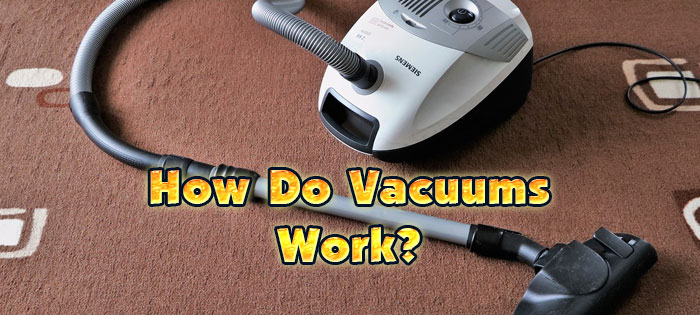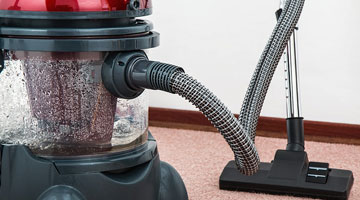In this day and time, many of us have at multiple appliances and devices in our homes. The invention of these household items hasno doubt helped to keep us better fed, healthier and cleaner. One of the most popular home cleaning devices that can be found in nearly every home is the vacuum cleaner.
The vacuum cleaner, also known as the vacuum sweeper or Hoover (after the well-known manufacturer) is defined as an electrical apparatus that by means of suction collects dust and small particles from floors and other surfaces.
The concept of our modern vacuum cleaners that we have today started back in 1907 when a carpet sweeper got tired of his contestant exposure to dust brought on by his cleaning work and wanted to make things easier for him. He attached a ceiling fan motor and a pillowcase to the manual sweeper that he was using and that was the birth of the electric sweeper which evolved to our modern vacuum cleaners.
Through the years, a lot of advancements have taken place technology wise. Just a quick search on Amazon and you will find dozens and dozens of models in all shapes, styles and target uses.
Even with all these options, the fundamental elements of the vacuum functionality still rely on a basic working principle. When a pressure difference is created between two locations, materials will flow from one location to another. You can think of it as taking a sip of water from a straw. As you suck the air out, the liquid from the glass takes its place. This is because you are creating a low pressure space in your mouth. This causes the liquid to be pulled up into your mouth. The liquid will continue to be pulled up while you suck on the straw.
This very same principal is at work in vacuum cleaner machines. It sucks air in one end and along with it, it sucks up dust and dirt. The vacuum has an electric motor inside that functions the same as the mouth. The rotating fan of the motor creates a suction vacuum and sucks air through the nozzle at the end of the pipe. Dust particles that come within range of the suction nozzle get pulled into the pipe and are collected in a container/ bag within the vacuum cleaner. As fans blow air out of the cleaner a partial vacuum created inside. Air rushes in to fill the vacuum, bringing dust and dirt with it. To avoid damage to the fans and the motor, a filter is installed. This traps anything that might get sucked into the mechanical components.
The most common vacuums are we are used to seeing are upright vacuum cleaners. They are made with rotating brushes at the bottom. When the machine is turned on, these brushes will start to rotate at a very fast pace and this motion lifts the dirt from your carpets and rugs. The moving particles rub against the dirt causing it to loosen up and eventually be sucked up by the machine and it goes directly into the vacuum cleaner bag where dirt is stored. These bags double as an air filter. The bag is made of tiny holes to trap dirt particles but enough to make air pass through them. This allows the air to come in and out of the bag while trapping the dirt particles that the machine has sucked in from the carpet or floor.
There are also central vacuum systems designed to tackle all kinds and types of dirt. They are built into the home or facility and have outlets to connect the hoses and tools to clean each room. A motorized fan is installed in the basement or outside of the house. Inlets are placed in different areas of the house and when its cleaning time, you just have to move the central vacuum hose from one inlet to another. When the central vacuum machine is turned on, suction is created within these inlets. Again, the same working principle is applied as any vacuum. As vacuum is created within these inlets and the portable hose is attached, it will suck any dust and dirt that will come with range.
One significant advancement in vacuum technology came in the 1970s from Sir James Dyson, founder of Cyclone vacuums. He employed the use of the cyclonic separation theory to create a bag-less vacuum. The concept can be compared to how a clothes dryer work. As the machine spins the clothes at a very high speed, water flies out due to centrifugal forces to the edge of the cylinder while the clothes dry out. In the cyclone vacuum cleaner, the machine spins the dirt out via centrifugal forces. When dust and air are pulled into the vacuum chamber, dust is flung out leaving you with the clean air in the center.
Vacuum cleaners have had a significant impact on how we keep our homes and business clean. What started with a simple fan and a pillow case have evolved into complex technology machines to suite all types of purposes and needs.



